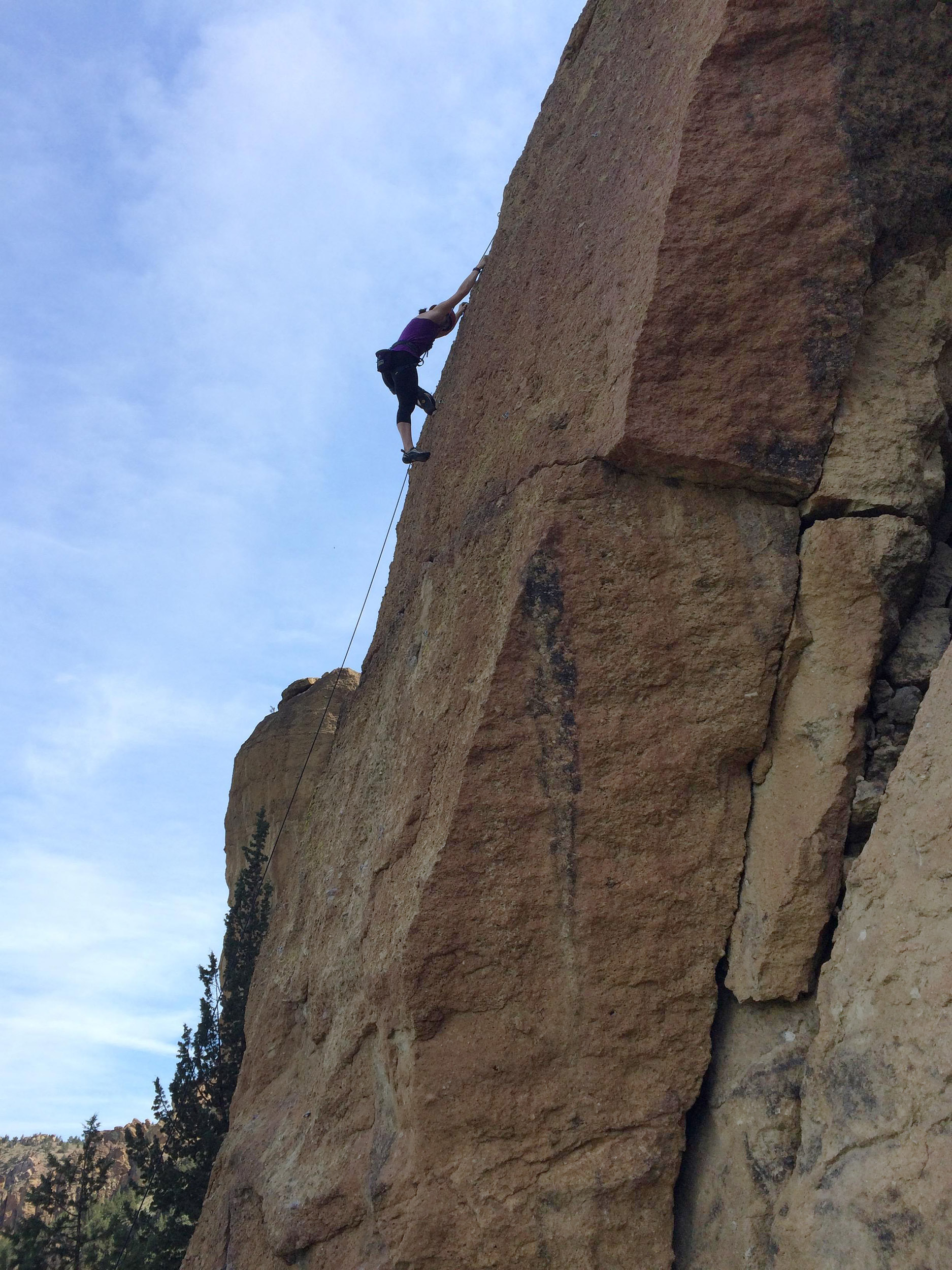STRENGTHEN CORE MUSCLES
Want to improve your overhang climbing? Engage your core!
Pilates helps you learn how to engage your core and hold tension to successfully make those dynamic ‘hips to the wall’ moves.
BALANCE OPPOSING MUSCLES
To prevent injury our muscles should be balanced. In rock climbing many times we loose focus of the antagonist muscle groups (the triceps, lats, and hamstrings) which give us a slumped over posture. Pilates will help strengthen those opposing muscles groups to correct postural misalignment and prevent further injury.
IMPROVE BALANCE AND FLEXIBILITY
Ascend those tricky slab walls with delicate foot work and balance or reach for that high step and rock over move with ease.
Joseph Pilates created the movement system of Contrology, known commonly as Pilates, to address imbalances in our bodies and promote proper alignment to prevent injury. This movement system is a great compliment for any rock climber. Have you ever wanted to climb with more balance, grace and ease? Pilates can help you do just that! The 6 Key Principles of Pilates are important in any Pilates practice but they so beautifully translate to how our bodies act when on a rock wall or boulder.
Centering
This concept is defined as physically bringing the focus to the center of the body, the powerhouse area between the lower ribs and pubic bone. Energetically, Pilates exercises are sourced from the center.
We all know how important the core or the powerhouse is in rock climbing.
Concentration
If you bring full attention to the exercise and do it with full commitment, you will obtain maximum value from each movement.
Does everything melt away as you focus your full attention on the hand and foot holds in front of you?
Control
Every Pilates exercise is done with complete muscular control. No body part is left to its own devices. It is all a conscious, deliberate movement that the mind is controlling.
Precision
In Pilates, awareness is sustained throughout each movement. There is an appropriate placement, alignment relative to other body parts, and trajectory for each part of the body.
Breath
Joseph Pilates emphasized using a very full breath in his exercises. He advocated thinking of the lungs as a bellows -- using them strongly to pump the air fully in and out of the body. Most Pilates exercises coordinate with the breath, and using the breath properly is an integral part of Pilates exercise.
As with all exercise, breathing is the number one principle in Pilates. Proper breathing is essential and helps you execute movements with maximum power and efficiency.
Flow
Pilates exercise is done in a flowing manner. Fluidity, grace, and ease are goals applied to all exercises. The energy of an exercise connects all body parts and flows through the body in an even way. Pilates equipment, like the reformer, are very good mirrors of one's flow and concentration as they tend to bang around and suddenly become quite "machine-like" if one loses ones control and flow.

